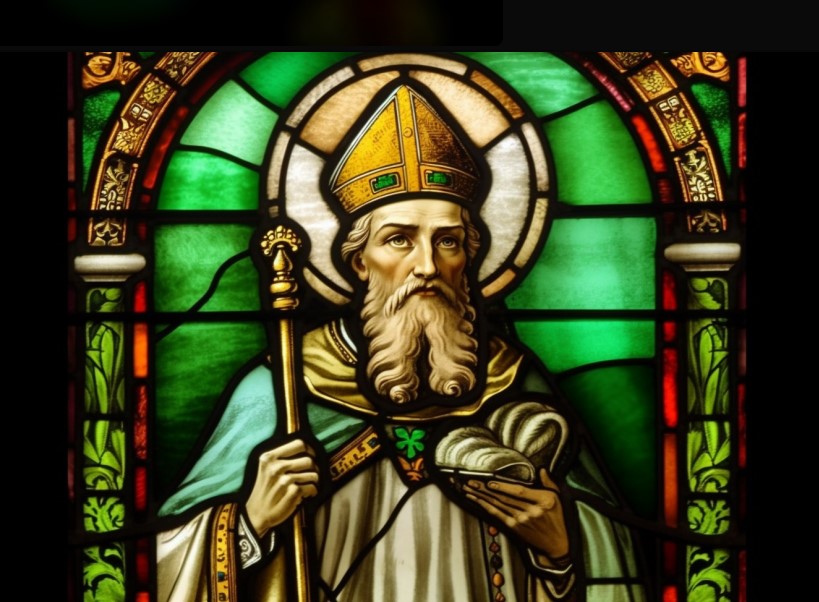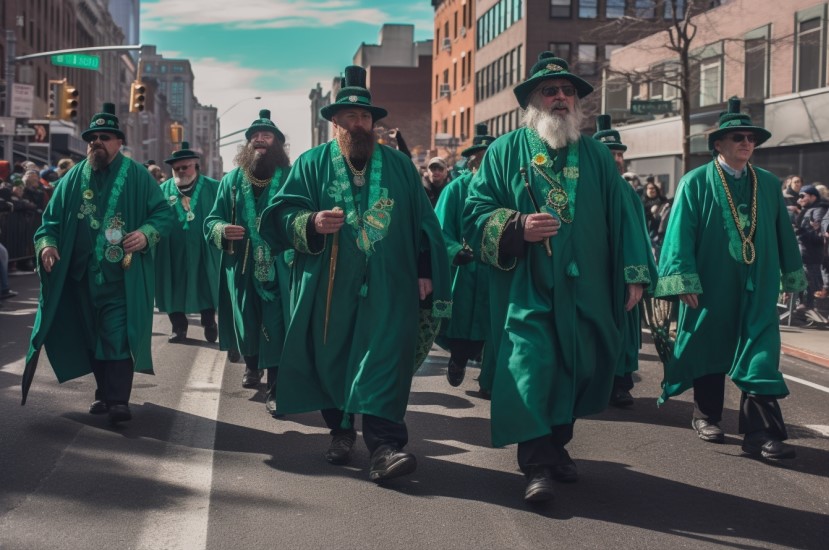
The Meaning Behind Saint Patrick’s Day: Celebrating Heritage, Unity, and Joy
Saint Patrick’s Day, or the Feast of Saint Patrick (Irish: Lá Fhéile Pádraig), is a beloved cultural and religious celebration held every year on the 17th of March. This day is dedicated to honoring the patron saint of Ireland, Saint Patrick, who is famous for spreading Christianity throughout the country during the 5th century. While many associate this holiday with green decorations, parades, and leprechauns, the true meaning of Saint Patrick’s Day goes much deeper than these festive traditions. In this article, we will explore the significance behind this holiday and what it truly represents.

The Life and Legacy of Saint Patrick
Saint Patrick was a man of great faith and courage, who devoted his life to spreading the message of Christianity throughout Ireland. Born in Britain in the 4th century, he was kidnapped and brought to Ireland as a slave at the age of 16. During his captivity, he developed a deep spiritual connection with God, which led him to eventually escape and return to his homeland. After studying to become a priest, he felt called to return to Ireland and share his faith with the people there.
One of the most well-known stories about Saint Patrick is that he used the shamrock, a three-leafed plant, to explain the concept of the Holy Trinity to the people of Ireland. This simple analogy helped to make a complex theological concept more accessible to his converts. Over time, Saint Patrick’s message spread throughout the country, and he became known as the patron saint of Ireland.
Celebrating Heritage and Unity
The tradition of celebrating Saint Patrick’s Day can be traced back to the early 17th century when the holiday was officially recognized as a Christian feast day. Today, the holiday has become a way for people all around the world to celebrate Irish heritage and culture. It is a day to wear green, enjoy traditional Irish music, and perhaps even attend a parade.
But beyond these surface-level traditions, Saint Patrick’s Day is also a day that celebrates unity and the coming together of people from different backgrounds and cultures. It is a day that reminds us to appreciate our commonalities rather than focusing on our differences. Whether you are of Irish descent or not, Saint Patrick’s Day is a time to celebrate the diversity of humanity and the beauty of our shared experiences.
The Joy of Saint Patrick’s Day
At its core, Saint Patrick’s Day is a day of joy and celebration. It is a time to gather with friends and family, to raise a glass in honor of the things we hold dear, and to reflect on the blessings in our lives. It is a day to be grateful for the faith, loyalty, and trust that Saint Patrick embodied and to carry these values forward in our own lives.
While the holiday may have originated in Ireland, it has since spread to become a global celebration of joy and unity. From the parades in New York and Boston to the celebrations in Dublin and Cork, Saint Patrick’s Day is a day that brings people together in a spirit of camaraderie and good cheer.
To summarize, Saint Patrick’s Day is a holiday that represents so much more than green decorations and leprechauns. It is a day that celebrates the life and legacy of Saint Patrick, the patron saint of Ireland, and the values of faith, loyalty, and trust that he embodied. It is a day that encourages us to celebrate our shared heritage and come together as a global community. And most of all, it is a day to embrace joy and gratitude for the blessings in our lives.
FAQs
- Who was Saint Patrick, and why is he important?
- Saint Patrick was a missionary

